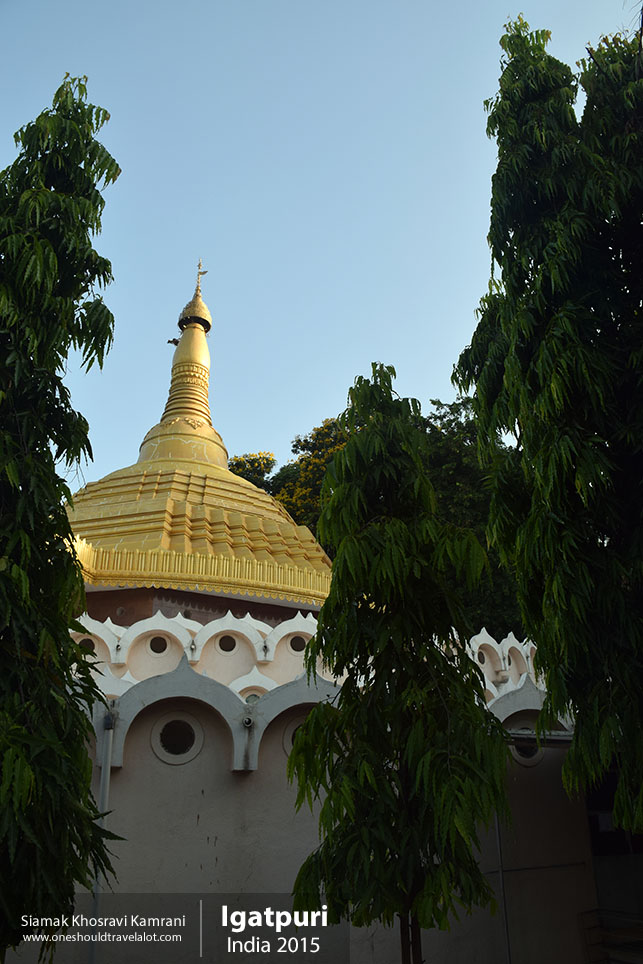Discovering the Timeless Beauty of Ajanta, India
A Journey into the Heart of Ancient Art
Nestled in the state of Maharashtra, India, lies the small village of Ajanta, home to one of the most breathtaking and historically significant sites in the world—the Ajanta Caves. As a photographer, my journey to this UNESCO World Heritage Site was nothing short of magical, filled with awe-inspiring moments that transported me back in time.
The First Glimpse: En Route to Ajanta
The journey to Ajanta was an adventure in itself. I took a train from Mumbai to Jalgaon, a nearby city. From Jalgaon, a scenic bus ride through winding roads and lush green landscapes brought me to Ajanta. As we approached, the excitement grew palpable. The village itself is a humble settlement, offering a stark contrast to the grandeur of the caves. Upon arrival, the first thing that struck me was the serene ambiance, a quiet testament to the centuries of history that lay hidden within the rock walls.
The Ajanta Caves: An Artistic Marvel
The Ajanta Caves, carved into the horseshoe-shaped rock face, are a series of 30 rock-cut Buddhist cave monuments that date back to the 2nd century BCE. These caves were used by Buddhist monks as prayer halls and monasteries. Walking towards the entrance, I was captivated by the sheer scale of the site and the intricate carvings visible even from a distance.
Stepping into History: The First Cave
As I stepped into the first cave, the air seemed to thicken with the weight of history. The cool interior provided a stark contrast to the warm, humid air outside. The walls and ceilings were adorned with exquisite frescoes depicting the life of the Buddha and various Jataka tales. Each painting told a story, vibrant with colors that had surprisingly withstood the test of time. The silence was almost tangible, broken only by the whispers of fellow travelers and the soft click of my camera capturing these timeless masterpieces.
The Monastic Complex: A Journey Through Time
Exploring further, I discovered that each cave had its unique charm. The Chaitya halls, with their high ceilings and intricate stupas, stood as silent witnesses to centuries of devotion. The Viharas, or monasteries, with their serene courtyards and simple living quarters, offered a glimpse into the ascetic life of the monks who once resided there. Each step taken within these ancient halls felt like a step back in time, a journey through the spiritual and artistic evolution of early Buddhism.
Capturing the Essence: Through the Lens
As a photographer, my aim was to capture not just the physical beauty of the caves, but also the essence of the stories they told. The interplay of light and shadow within the caves created a surreal atmosphere, perfect for photography. I spent hours experimenting with different angles and lighting, trying to do justice to the magnificence before me.
The Colors of Ajanta: A Visual Feast
One of the most striking aspects of the Ajanta Caves is the use of color. The frescoes, painted with natural dyes, have retained their vibrancy over the millennia. Shades of red, blue, and gold dominate the scenes, creating a visual feast for the eyes. I focused on capturing these colors in my photographs, highlighting the intricate details and the depth of the artwork.
The Sculptural Masterpieces: Stone Brought to Life
The sculptures within the caves are another testament to the artistic prowess of the ancient craftsmen. Each statue of the Buddha, each decorative element, carved meticulously into the rock, exudes a sense of calm and reverence. Photographing these sculptures, I aimed to capture their serene expressions and the fine details that made each piece unique.
Immersing in the Local Culture
Beyond the caves, Ajanta offered a rich tapestry of local culture and traditions. The village itself is modest, with narrow lanes and simple homes. The locals, warm and welcoming, were eager to share stories about their heritage and the significance of the caves.
A Taste of Local Life: Markets and Cuisine
I spent an afternoon exploring the local markets, a vibrant hub of activity. Stalls selling colorful textiles, handcrafted souvenirs, and aromatic spices lined the streets. The air was filled with the enticing scent of local delicacies being prepared. I indulged in some traditional Maharashtrian cuisine—puran poli (sweet flatbread) and varan bhaat (lentil rice)—a delightful culinary experience that added to the richness of my journey.
Language and Traditions: A Cultural Mosaic
The primary language spoken in Ajanta is Marathi, but many locals also speak Hindi and a bit of English, making communication relatively easy. The village is a melting pot of traditions, with influences from various periods of Indian history. This cultural mosaic was evident in the local festivals, music, and dance, which I had the pleasure of witnessing. These traditions added a layer of depth to my understanding of the region and its people.
Reflecting on the Experience: A Photographer’s Paradise
As my time in Ajanta drew to a close, I found myself reflecting on the profound impact of this journey. The Ajanta Caves are not just an archaeological wonder; they are a testament to the enduring spirit of human creativity and devotion. For a photographer, Ajanta is a paradise, offering endless opportunities to capture the beauty of ancient art and the vibrancy of local culture.
The Standard of Living: Simple Yet Content
The standard of living in Ajanta is modest, yet there is a sense of contentment among the locals. Life here is simple, centered around agriculture and tourism. Despite the limited modern amenities, the community thrives on its rich cultural heritage and the steady influx of visitors drawn to the caves.



